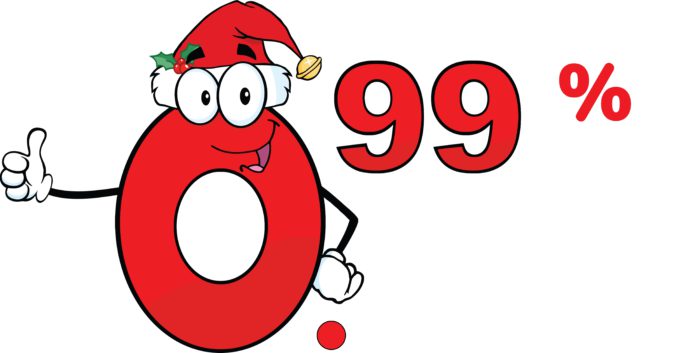Currency Devaluation – Buy Hard Assets
I rarely pay much attention to the media’s talking heads, but occasionally, they bring on truly valuable guests—such as John Malone.
John Malone is the largest private owner of land in The US; totalling 2.2 Million acres; he built and sold a broadcasting company to AT&T for more than $50 Billion in 1999; John is a wealth of knowledge, who in this clip, briefly shares his insights and opinions on the current economic environment.
The Warning Signs Are Everywhere
Malone’s views echo what many of us are observing: as central banks, particularly the Federal Reserve, continue their excessive money printing, and governments artificially prop up economies with monetary stimulus, the purchasing power of currencies is inevitably eroding. The aftermath will likely bring high inflation, significant currency devaluation, and increased taxation to cover the cost of these interventions. Simply put, the dollar is losing its value at an alarming rate.
For example, in Canada, HSBC recently announced a 0.99% mortgage interest rate“0.99% mortgage interest rate”, while RBC offers a so-called “high-interest e-savings account” with a laughable 0.05% return. At that rate, it would take 1,400 years to double your investment. Even the banks are signaling that they don’t want your cash. The phrase “cash is trash” has never been more relevant.
Savers, those who practice financial discipline, are now at a disadvantage. Inflation acts as a hidden tax, eroding the value of currency while pushing individuals into higher tax brackets without explicit rate increases. This allows governments to pay off their inflated debts with cheaper dollars—essentially, taxation without representation.

Increase The Flight to Hard Assets
In my view, declining interest rates reflect the loss of confidence in cash. When cash loses its value, investors begin chasing yield, often turning to hard assets as a hedge against inflation and currency devaluation. We’re already seeing signs of this.
Despite a global pandemic, record unemployment, and historic lows in GDP, real estate markets across the globe are shattering records in both sale volumes and prices. Mergers and acquisitions are also reaching new highs. Just recently, the Globe and Mail ran an article titled, “Sophisticated Investors Are Desperate to Buy Canada’s Apartment Buildings, Values Soar Despite COVID.”
I’m seeing this firsthand in the markets I invest in. Properties are selling for 20–30% above appraised values. Commercial appraisers at firms like CBRE are stunned, as traditional investment fundamentals are being cast aside due to overwhelming demand.
The Future of Asset Values
This demand isn’t going anywhere. We’re likely to remain in a low-interest-rate environment for years, as the economy can’t sustain rate hikes. In this climate, capitalization rates will compress further, driving asset values even higher. Money will continue flowing into hard assets that produce reliable cash flows, like real estate and businesses, as investors seek refuge from inflation and currency devaluation.
What You Should Do
Given this landscape, owning income-producing assets is one of the smartest moves you can make. Hard assets that generate consistent cash flow—whether through real estate, businesses, or other investments—are some of the few reliable options in today’s market. They not only hedge against inflation but also capitalize on the current economic trends.
The government’s interference in markets may create chaos for savers, but for those who invest in the right assets, it presents an unparalleled opportunity. Own assets that work for you—ones that pay dividends month after month. The signs are everywhere, and the time to act is now.